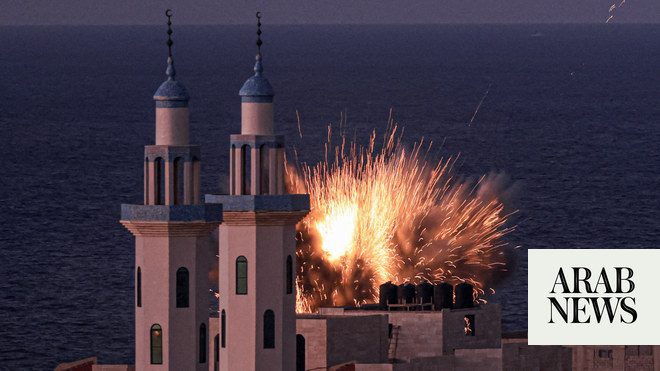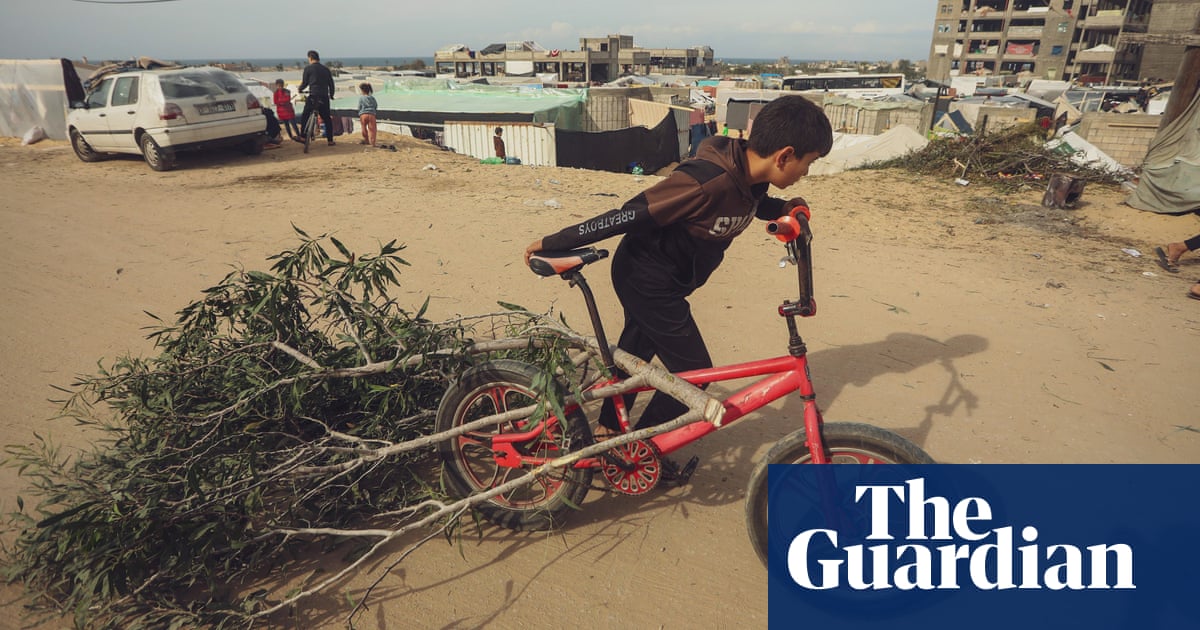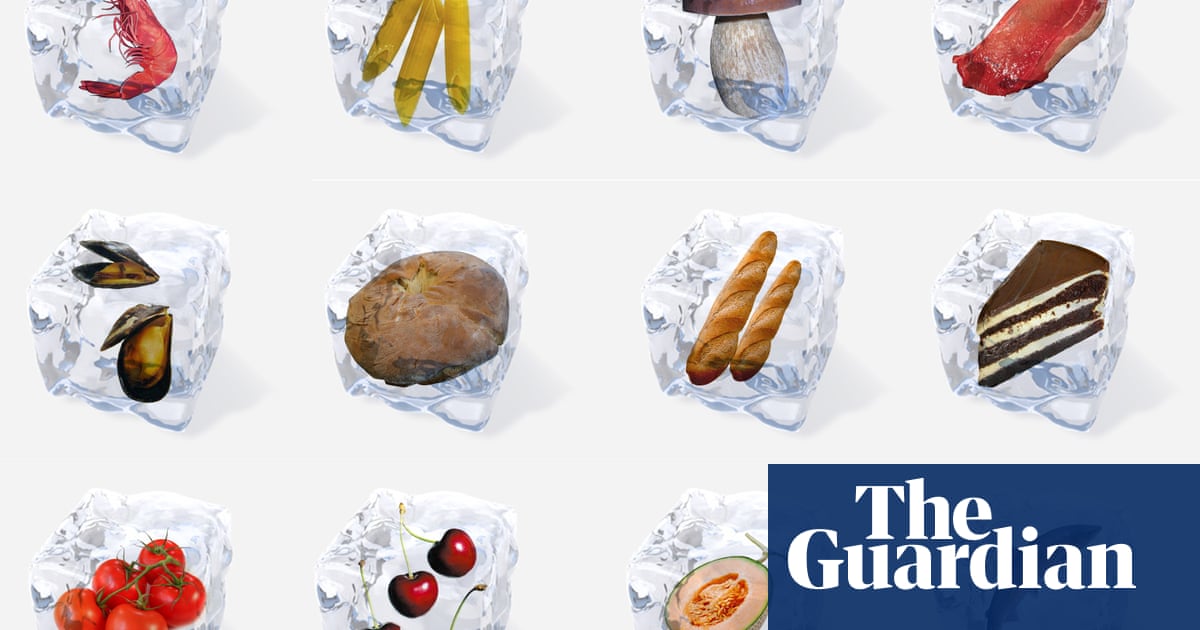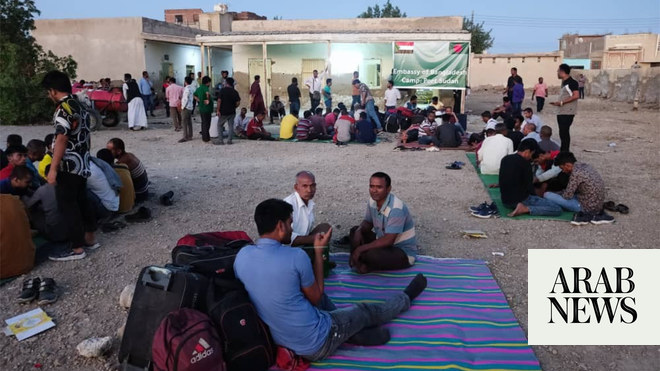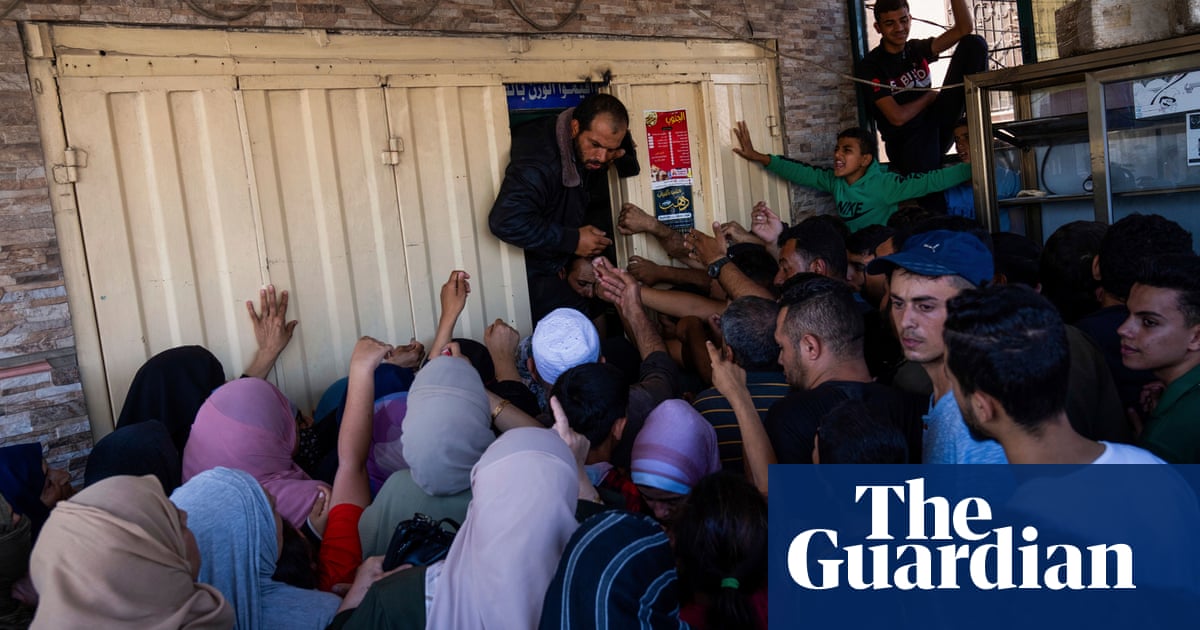
More than a week after Israel imposed a “complete siege” and cut off entry of supplies to Gaza, people in the territory are facing an unprecedented crisis.
Hundreds of thousands in the north of the Gaza Strip have fled their homes after Israel issued an evacuation order in preparation for an expected ground invasion – but they have nowhere safe to go to. For more than a week, Israeli airstrikes have pummelled Gaza in retaliation for an attack by Hamas militants that killed 1,300 people.
According to the UN, 1 million Palestinians have been driven from their homes in Gaza, and the Palestinian health ministry says 2,329 Palestinians have been killed since hostilities began.
The only crossing between Egypt and Gaza has been bombed, and Cairo and Hamas have not let people out.
Power is off, clean water is scarce, and the last fuel for hospital emergency generators could expire, leaving Gaza facing a humanitarian crisis.
Aid
For a number of days, the focus of foreign diplomats has been the Rafah crossing that connects Egypt with Gaza, where a convoy of trucks with supplies is waiting on the Egyptian side. Attempts have been made to reach a ceasefire that would allow the aid to come in, while foreigners trapped in Gaza could leave.
Early on Tuesday, the US secretary of state, Antony Blinken, said an agreement to allow in aid had been reached with Israel, but the details remained unclear.
Since 2007, Gaza has been subject to a strict land and sea blockade by Israel that prevents civilians and goods such as food and medicine from easily moving across the border. Israel says the blockade is necessary to limit Hamas’s access to weapons. Egypt has been accused of backing the blockade by restricting movement at the Rafah crossing.
According to the UN agency for Palestinian refugees, UNRWA, 63% of Gaza’s population is dependent on international aid. UNRWA claims the blockade has devastated Gaza’s economy, estimating that more than 80% of the population is living in poverty.
Since 2007, most of the food, water and medicine that comes into Gaza has first passed through Israel. However, after Hamas’s surprise attack last week, all supplies have been blocked from entering the region.
Food
The World Food Programme estimates that in normal times, more than 60% of Gaza’s population faces food insecurity. Analysts say this has been exacerbated under the tightened blockade of recent days.
On Monday, wait times at the few still operating bakeries in Gaza stretched for more than 10 hours, according to local reports. One man told the Associated Press news agency that he had bought a kilo of bread that would need to be shared with 20-30 members of his family.
According to the World Bank, food as a percentage of Gaza’s total imports has risen sharply in the last decade, while the amount of food actually produced in the region has fallen, underscoring Gaza residents’ reliance on the external aid that has now been blocked for more than a week.
For almost two decades, Gaza’s fishing industry, which was a mainstay of its economy, has been restricted to just 10km (6 miles) from the coast by the Israeli navy, to prevent smuggling of weapons into the territory.
Many farmers in the region are also reliant on seeds, fertilisers and pesticides that all normally enter through the border with Israel, but are now shut out.
Water
Even before the latest conflict erupted and Israel cut fresh water supplies to Gaza, 90% of the water was undrinkable, according to the Palestinian water authority.
Since Israel declared its siege of Gaza last week, the only source of water has been an aquifer that is contaminated by sewage, chemicals and seawater. Many people are reliant on neighbourhood desalination facilities for their fresh water.
Reuters reported that many families have resorted to drilling private wells drawing from water deep underground. A small number who can afford it buy mineral water while others buy cheaper filtered treated water from water trucks that tour the streets.
Israel on Sunday said it had switched water supplies back on at one “specific point” in southern Gaza, outside the city of Khan Younis, but aid workers in Gaza said they had not seen evidence the water was back.
Hamas said on Monday that Israel had not resumed water supplies, but an Israeli official stressed that some water was being provided to an area in the south of the territory.
Electricity
Gaza’s two main sources for electricity – power lines from Israel and the Gaza power plant – have stopped functioning. Electricity from Israel was cut off at the start of the siege and the power plant stopped working almost a week ago when fuel needed to generate electricity ran out.
People in Gaza can still use smaller generators for electricity, but they are reliant on the fuel that has been unable to enter for more than a week now.
Local medics and aid organisations have warned that hospitals are on the verge of running out of power, threatening the lives of thousands of patients. On Monday, the UN warned hospitals could be out of generator fuel in as little as 24 hours.
The shortage of electricity is said to be hampering search and rescue efforts. The Palestinian Civil Defence says a large number of people remain trapped under the rubble of their destroyed homes and finding them is difficult without access to power.




